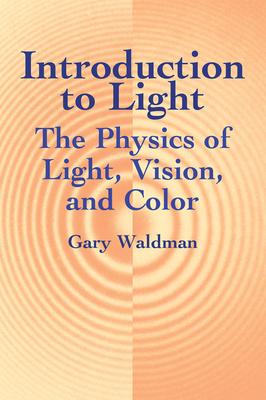Designed as a text for a one-semester, nonmathematical optics course at the undergraduate level, this well-illustrated text is addressed to art majors but is also suitable for students of fashion, theater, photography, and the liberal arts. Four parts constitute this introductory volume: Part I discusses the nature of light, including early ideas of light (a newly revised chapter for this edition), and classical and modern theories. Part II concerns the manipulation of light, including such topics as geometrical optics, polarization, lasers, and holography; Part III explores vision, including the eye and seeing; and Part IV examines color, in terms of light and color in nature and color science. Three appendices deal with lens and mirror equations, Snell's law, and scientific notation.
Questions at the end of each chapter offer students a chance to test their grasp of the material. The presentation is almost completely nonmathematical in manner, making this book widely accessible to students of all backgrounds and to other readers curious about this ubiquitous but mysterious natural phenomenon.

Designed as a text for a one-semester, nonmathematical optics course at the undergraduate level, this well-illustrated text is addressed to art majors but is also suitable for students of fashion, theater, photography, and the liberal arts. Four parts constitute this introductory volume: Part I discusses the nature of light, including early ideas of light (a newly revised chapter for this edition), and classical and modern theories. Part II concerns the manipulation of light, including such topics as geometrical optics, polarization, lasers, and holography; Part III explores vision, including the eye and seeing; and Part IV examines color, in terms of light and color in nature and color science. Three appendices deal with lens and mirror equations, Snell's law, and scientific notation.
Questions at the end of each chapter offer students a chance to test their grasp of the material. The presentation is almost completely nonmathematical in manner, making this book widely accessible to students of all backgrounds and to other readers curious about this ubiquitous but mysterious natural phenomenon.